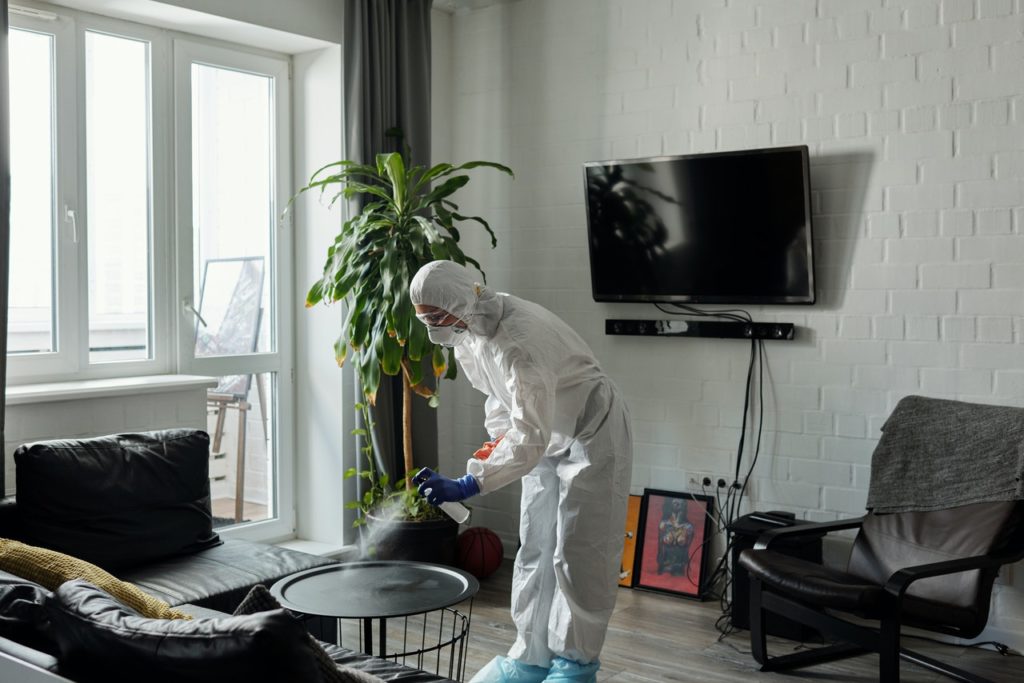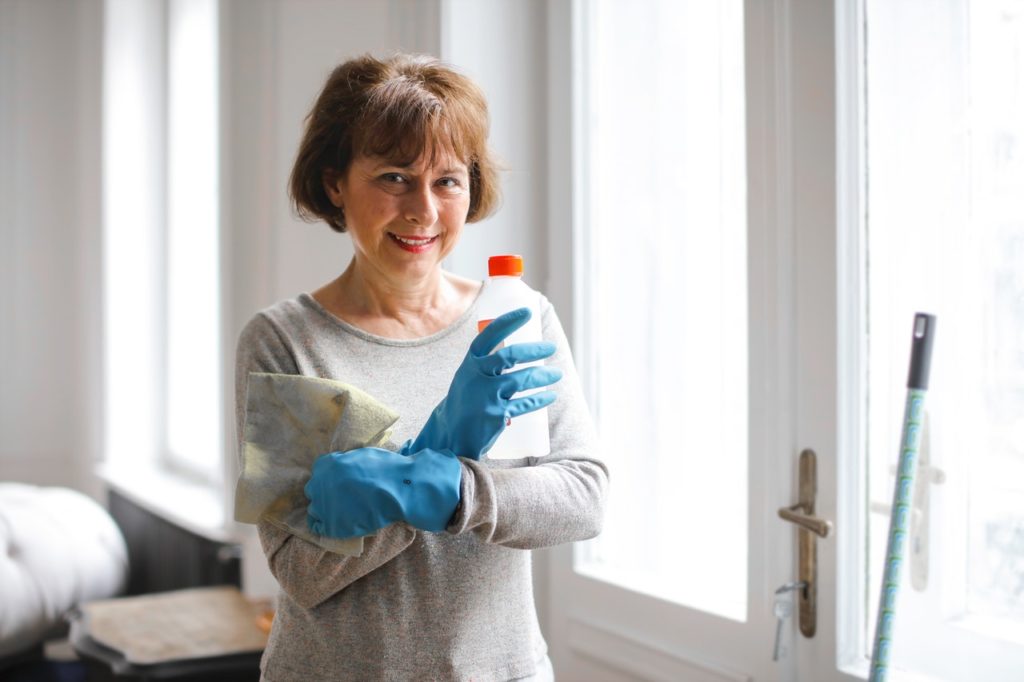Illness can be passed on between family members, especially when they live in the same house. Illness-causing pathogens, including the SARS-CoV-2 which results in COVID-19, are spread through exhaling and inhaling droplets as well as touching contaminated surfaces.
So, when one person gets sick, there is a high risk that every person within the household will catch it. It can be prevented by following standard health precautions such as proper and frequent handwashing, isolating the patient in a room, physical distancing, sanitizing common-traffic areas, and wearing a face mask.
Once the illness has subsided, there is a chance that the virus or the bacteria is still lurking indoors. As soon as everyone in the family recovers, here are the steps to thoroughly clean the entire house.
Start with the Common Areas
Areas around the house where multiple people congregate should be your first priority. This includes the bathroom, the kitchen, and the living room.
Thorough carpet cleaning services are necessary because can become a breeding ground for germs. The presence of Methicillin-resistant Staphylococcus aureus (MRSA), Micrococcus, Norovirus, and other viruses and bacteria have been detected in carpets. Not to mention, carpets capture and trap dirt and allergens, including mould.

Deep cleaning the carpet, on your own or by a professional, should be on top of your to-do list after an illness.
The couch, on the other hand, can be steamed. When heated at about 240 degrees Fahrenheit (115.56 degrees Celsius), steaming can immediately kill germs in the upholstery. In addition, using a disinfectant spray or diluted color-safe bleach would sanitize the furniture after use. ;
You can use a mix of soap and hot water to rinse the germs, according to the National Health Services. Soap, as everyone has learned over the past year, can kill germs and stop it from infecting humans. Bleach, too, can successfully eliminate germs that may cause illness within the household. A mix of one-part bleach and nine parts water will ensure that counter-tops, tables and chairs, doorknobs, the remote control, and other surfaces that are touched frequently will be free from pathogens.
Use either a paper towel or a cotton cloth to wipe your desired cleaning agent. A dirty rag will only further spread germs everywhere. Toss the paper towel and wash the cotton cloth immediately after use.
Zap the Bacteria Out of the Kitchen Sponge
A kitchen sponge is always damp and it is always exposed to food scraps. Naturally, germs will grow on its surface and crevices.
The germs in the kitchen sponge can pose more danger to your family because it is used on dining utensils. Germs could find their way into your stomach and cause stomach ache.
There are a few things that you can do to thoroughly clean your kitchen sponge. Soaking the sponge in a bleach solution for at least five minutes will kill 99.9% of bacteria, according to one study. Zapping a sponge saturated in water for up to two minutes on high heat also eliminated the presence of bacteria.
The best way to prevent infection through the kitchen sponge is by throwing it away after two or three weeks of regular use.
Wash and Disinfect Bed
Germs will cling to fabric that a person who was ill has used. After the patient recovers, bedsheets, pillowcases, blankets, and the mattress should be properly disinfected and sanitized.
It is easier to clean the fabric. Just throw it into the washing machine, use hot water and regular laundry soap, and then dry at a high temperature. The process will kill any germs that have built up immediately.
The mattress can be a little more tricky. Even with a covering, bacteria and viruses can penetrate and survive in the mattress. You do not have to throw it away after an illness. Start by giving the mattress a thorough vacuuming and then let it air under the sun for a few hours. You may also use a disinfectant spray on the surface of the mattress before using it again.
Disinfect Bathroom Items
Using the bathroom may also spread germs that will make members of your family sick. The toilet should regularly be cleaned and disinfected, of course, and more frequently when there is a person who is ill within the household. However, do not ignore everything else. Flushing can expel germs all around the bathroom. In fact, bacteria and viruses have been found on toothbrushes, toothpaste tubes, floors, walls, light switches, doorknobs, and taps.
Give all areas in the bathroom, including toothbrush holders and toothpaste tubes, a wipe.
The spread of illness can be prevented at home by regularly cleaning commonly-used items. Moreover, the practice of frequent handwashing as well as isolating when sick will ensure that other residents will remain healthy.

